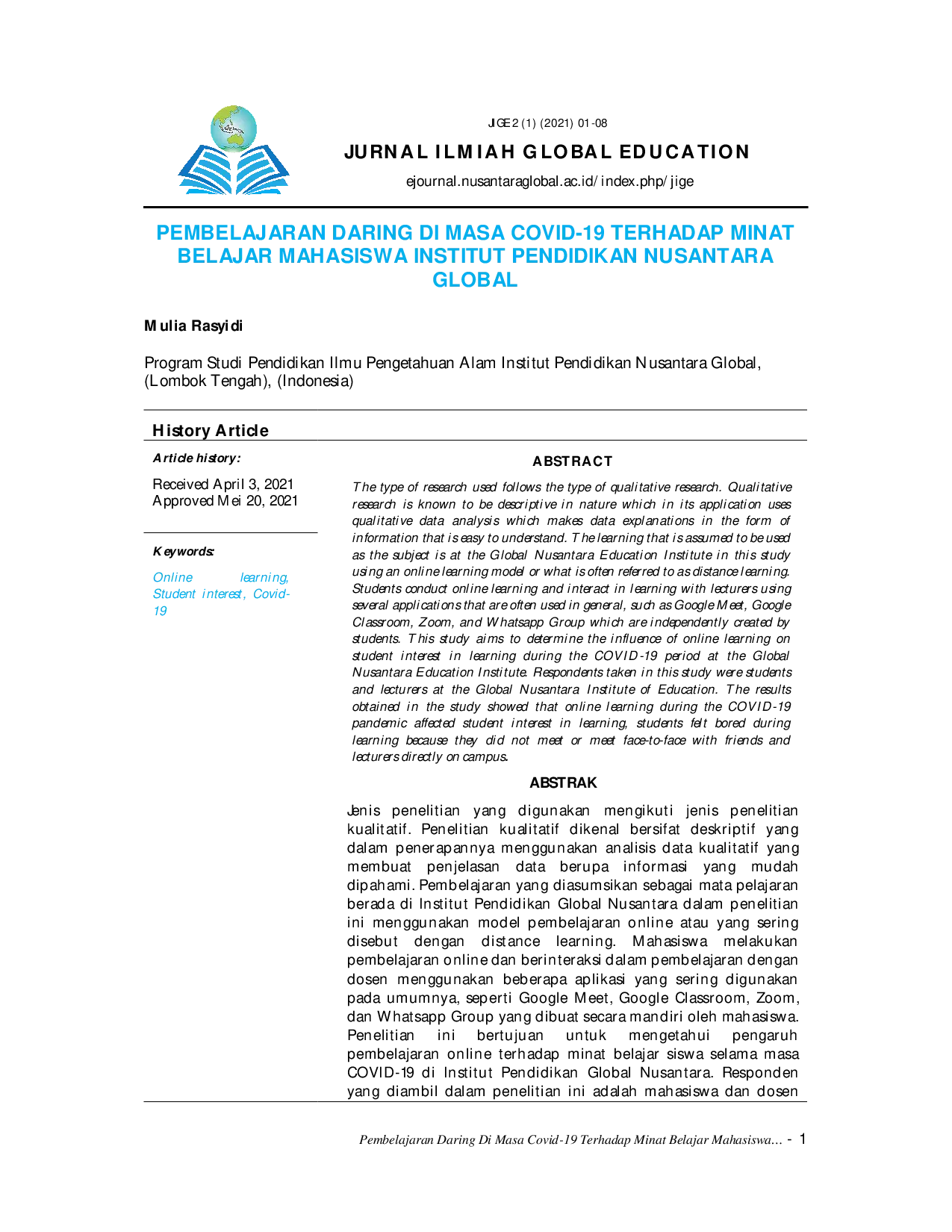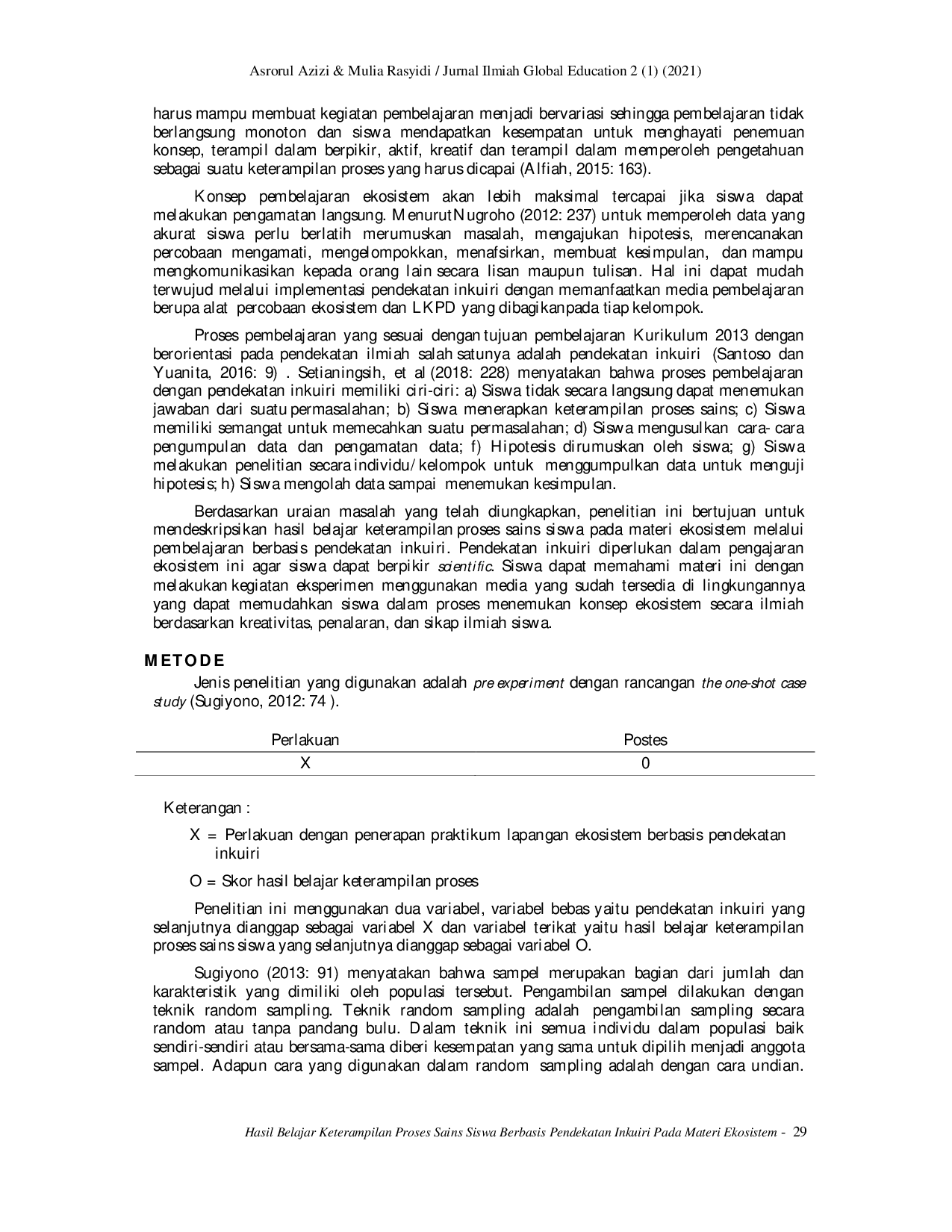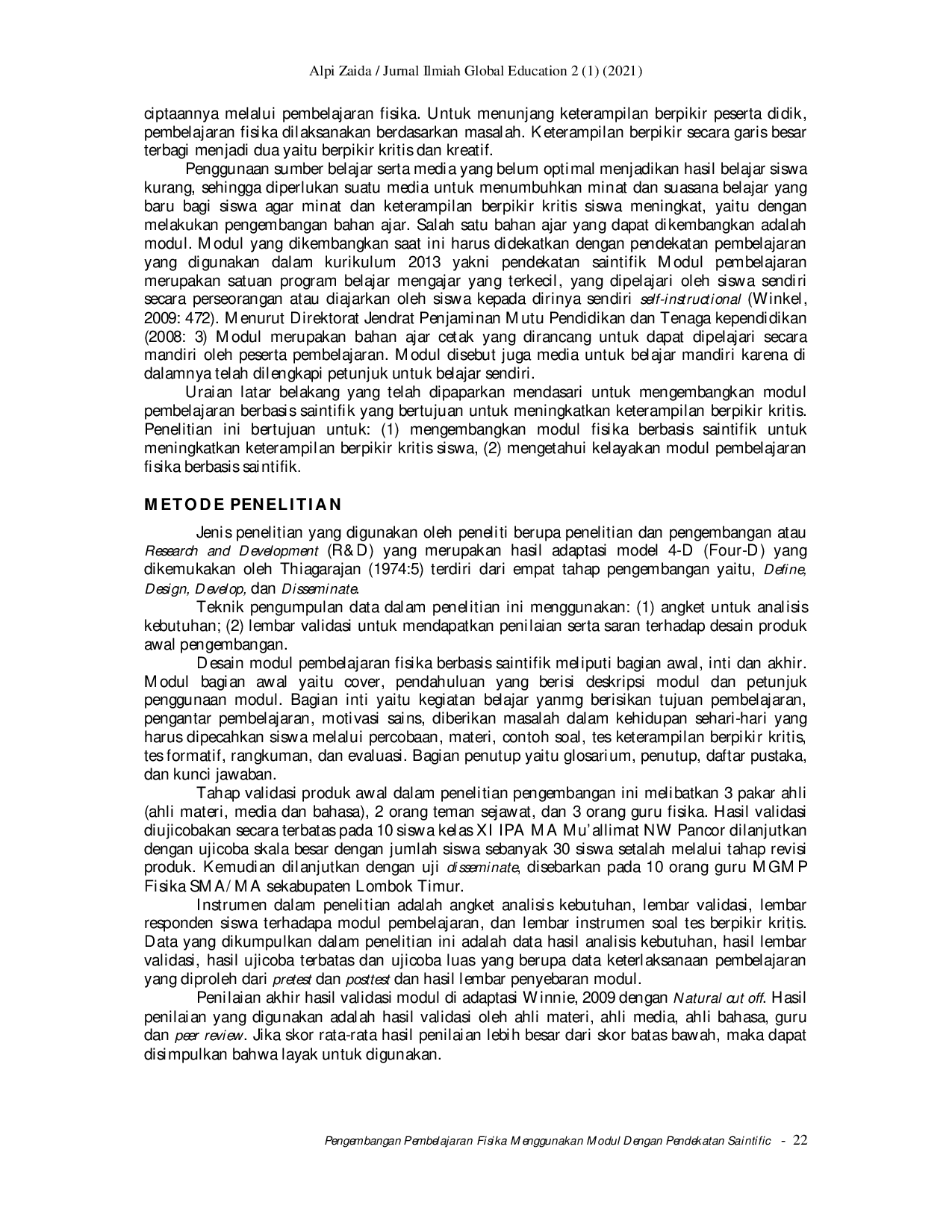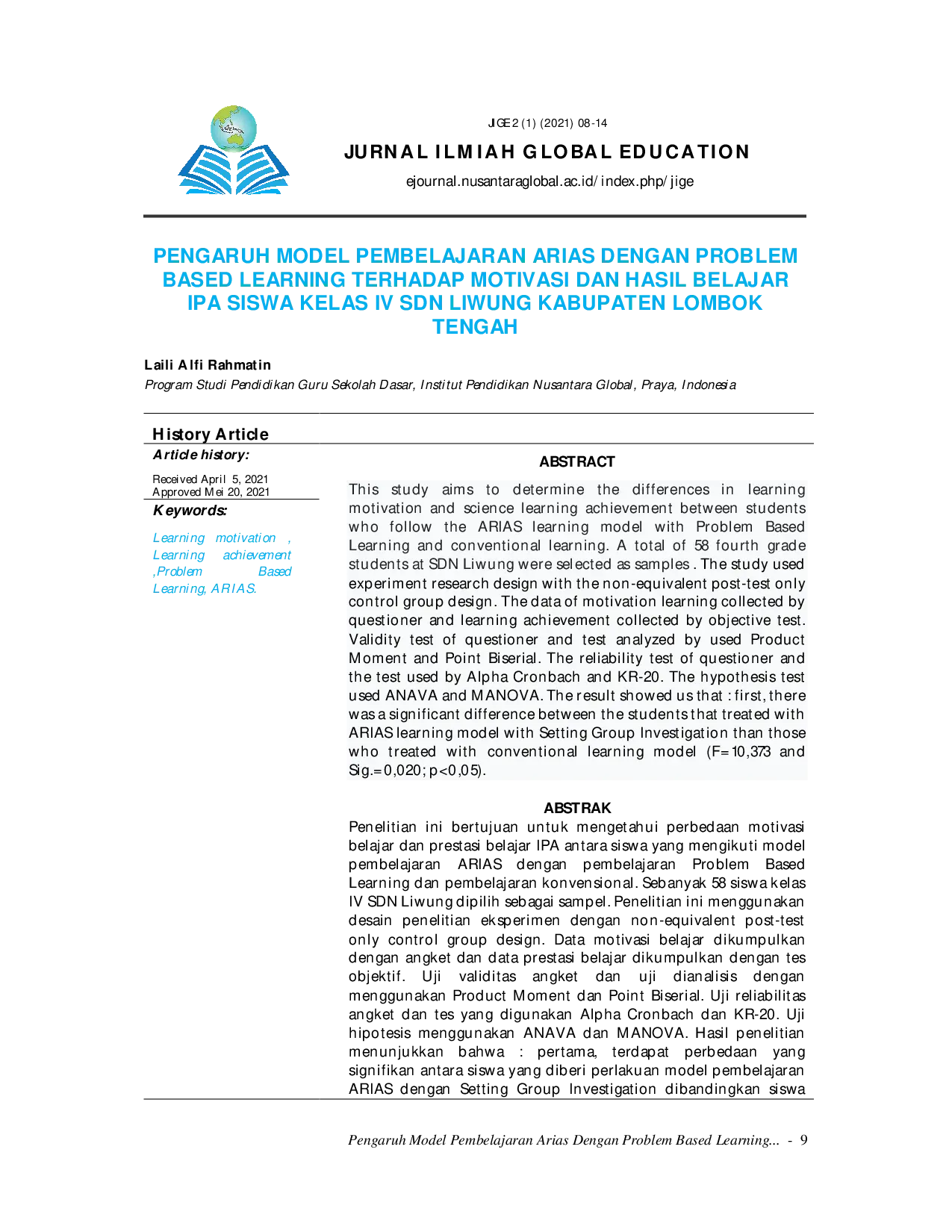IJAINIJAIN
International Journal of Advances in Intelligent InformaticsInternational Journal of Advances in Intelligent InformaticsThis study aimed to compare the accuracy of two algorithms, hierarchical cluster and K-Means cluster, using ACFs distance for clustering stationary and non-stationary time series data. This research uses both simulation and real datasets. The simulation generates 7 stationary data models and another 7 of non-stationary data models. On the other hands, the real dataset is the daily temperature data in 34 cities in Indonesia. As a result, K-Means algorithm has the highest accuracy for both data models.
The experiment on simulated data and real dataset showed that the K-Means algorithm has the highest accuracy in both data models, stationary and non-stationary data.Specifically, the K-Means algorithm achieved an accuracy of 84.13286% in the simulated data and 85.Therefore, it can be concluded that K-Means is the best algorithm for classifying stationary and non-stationary time series data.
Further research could investigate the application of deep learning techniques, such as recurrent neural networks (RNNs) or long short-term memory (LSTM) networks, to improve the accuracy of classifying stationary and non-stationary time series data, moving beyond traditional clustering approaches. Moreover, future studies could explore the integration of domain knowledge, such as meteorological factors in the case of temperature data, into the clustering process to enhance the interpretability and relevance of the results. Specifically, examining the impact of feature engineering—creating new variables from existing ones—on clustering performance could prove valuable. Additionally, investigating the robustness of these algorithms to different data preprocessing techniques, like normalization or standardization, will be helpful. Finally, research could address the challenges of scaling these methods to very large datasets by exploring the use of distributed computing frameworks or approximate clustering algorithms.
| File size | 749.28 KB |
| Pages | 7 |
| DMCA | ReportReport |
Related /
LPKIALPKIA Digitalisasi pencatatan surat masuk di Bagian Kesra Sekretariat Daerah Kabupaten Bandung untuk meningkatkan efektivitas pengelolaan arsip, mempermudahDigitalisasi pencatatan surat masuk di Bagian Kesra Sekretariat Daerah Kabupaten Bandung untuk meningkatkan efektivitas pengelolaan arsip, mempermudah
NUSANTARAGLOBALNUSANTARAGLOBAL Dosen perlu menciptakan pembelajaran daring yang menarik dan meningkatkan minat belajar mahasiswa. Saran bagi peneliti, dosen selalu memberikan motivasiDosen perlu menciptakan pembelajaran daring yang menarik dan meningkatkan minat belajar mahasiswa. Saran bagi peneliti, dosen selalu memberikan motivasi
NUSANTARAGLOBALNUSANTARAGLOBAL Penelitian ini bertujuan untuk mendeskripsikan hasil belajar keterampilan proses siswa melalui penerapan media pembelajaran teori kinetik gas berbasisPenelitian ini bertujuan untuk mendeskripsikan hasil belajar keterampilan proses siswa melalui penerapan media pembelajaran teori kinetik gas berbasis
NUSANTARAGLOBALNUSANTARAGLOBAL Pengumpulan data menggunakan angket analisis kebutuhan, angket validasi modul, angket respon uji coba (terbatas dan luas), angket respon disebarluankan,Pengumpulan data menggunakan angket analisis kebutuhan, angket validasi modul, angket respon uji coba (terbatas dan luas), angket respon disebarluankan,
Useful /
LPKIALPKIA Penelitian ini bertujuan untuk mengeksplorasi pengaruh kualitas layanan dan nilai yang dirasakan terhadap kepuasan pelanggan di Gacoan Buah Batu, Bandung.Penelitian ini bertujuan untuk mengeksplorasi pengaruh kualitas layanan dan nilai yang dirasakan terhadap kepuasan pelanggan di Gacoan Buah Batu, Bandung.
NUSANTARAGLOBALNUSANTARAGLOBAL Uji validitas angket dan uji dianalisis dengan menggunakan Product Moment dan Point Biserial. Uji reliabilitas angket dan tes yang digunakan Alpha CronbachUji validitas angket dan uji dianalisis dengan menggunakan Product Moment dan Point Biserial. Uji reliabilitas angket dan tes yang digunakan Alpha Cronbach
NUSANTARAGLOBALNUSANTARAGLOBAL Penelitian ini bertujuan untuk mengetahui pengaruh penerapan pembelajaran Group Investigation (GI) dengan pola Lesson Study terhadap kemampuan memecahkanPenelitian ini bertujuan untuk mengetahui pengaruh penerapan pembelajaran Group Investigation (GI) dengan pola Lesson Study terhadap kemampuan memecahkan
IJAINIJAIN Penelitian ini menunjukkan bahwa metode CWT lebih baik daripada metode STFT dalam menganalisis sinyal musik Gong Timor.metode CWT memiliki tingkat akurasiPenelitian ini menunjukkan bahwa metode CWT lebih baik daripada metode STFT dalam menganalisis sinyal musik Gong Timor.metode CWT memiliki tingkat akurasi







